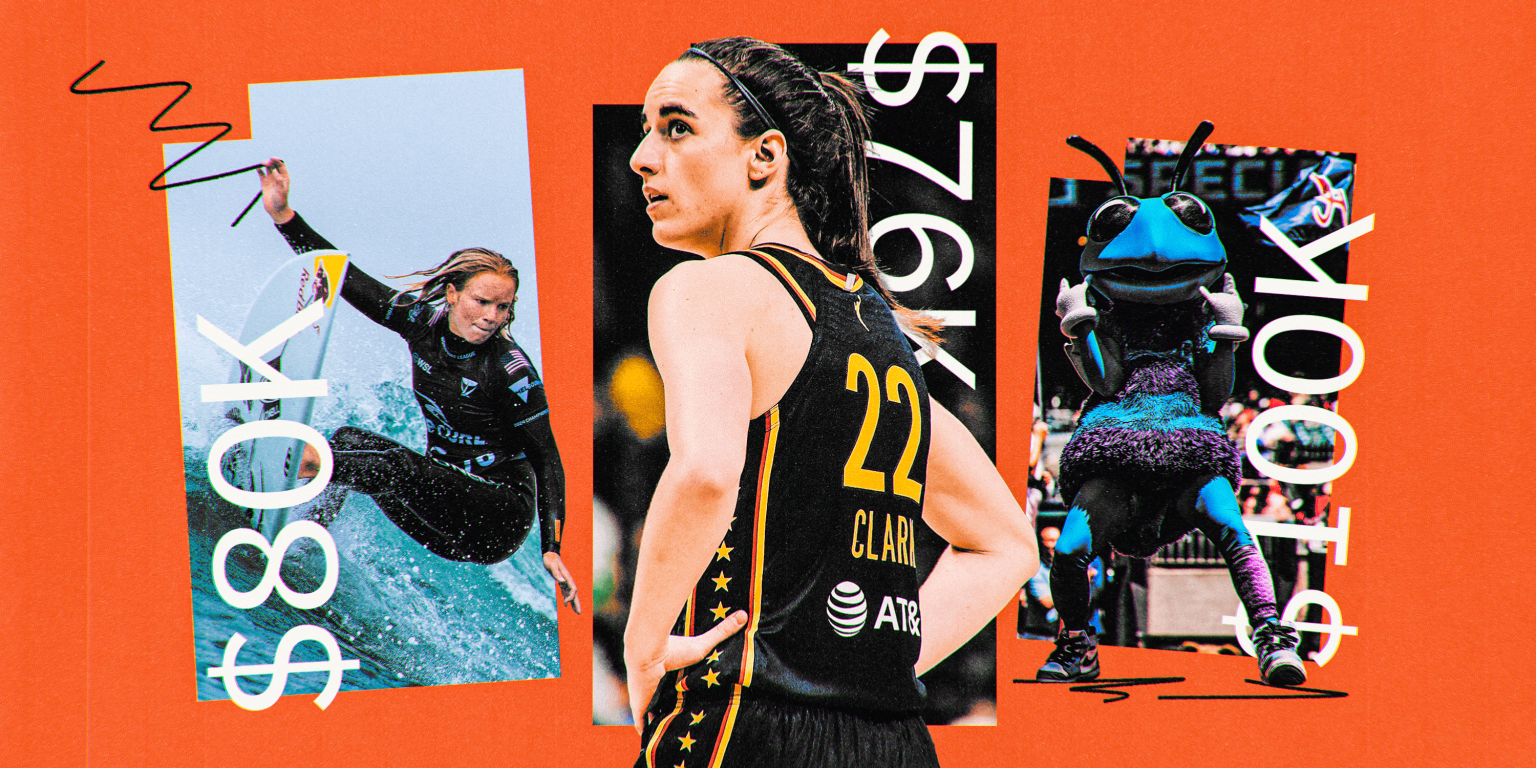Caitlin Clark, a former college basketball star from Iowa, recently started her professional career in the WNBA with the Indiana Fever. Despite only earning $76,535, her star power and potential have sparked debates about the economics of women’s basketball. While Clark’s salary pales in comparison to other professional athletes, particularly those in niche sports like bowling and bull riding, she remains a notable figure in the league. Even President Biden weighed in on the issue, calling for equal opportunities and fair pay for women in sports.
One key difference between the WNBA and other major sports leagues is the disparity in player salaries relative to league revenue. While NBA players negotiated a 50-50 revenue split, WNBA players only earned 9.3 percent of the league’s revenue in 2023. Players like Kelsey Plum advocate for a larger share of the revenue, rather than a direct pay increase. WNBA Commissioner Cathy Engelbert has defended Clark’s pay, explaining that additional compensation is contingent on factors like marketing agreements and individual performance.
As a first-year professional in the WNBA, Clark’s salary is significantly lower than rookie athletes in other sports leagues. Despite the WNBA’s position in the sports landscape, newer leagues like the Pro Volleyball Federation and Professional Pickleball Association offer similar or higher base salaries to their players. While the WNBA has secured major sponsors and media deals, the league faces financial challenges in ensuring equitable pay for its players. The potential for change and increased investment in the league offers hope for players like Clark and the future of women’s basketball.
Historically, the WNBA has struggled to maintain financial stability and compete with rival sports leagues. However, recent initiatives, including increased corporate partnerships and media rights deals, have bolstered the league’s revenue and potential for growth. With a projected revenue increase and improvements in player benefits, the WNBA aims to address longstanding issues like inadequate practice facilities and the need for supplemental income through overseas play. While the league’s financial future looks promising, significant changes are needed to ensure equitable pay for WNBA players.
The comparison between Clark’s salary and those of athletes in diverse sports highlights the disparity in earnings across different leagues. While younger athletes in various sports earn comparable or higher salaries to Clark, her potential impact on the WNBA and the broader landscape of women’s sports remains a focal point of discussion. As the league continues to evolve and secure more significant investments, the hope is that players like Caitlin Clark will receive fair compensation reflective of their talent and contributions to the sport. The ongoing dialogue around women’s sports and equitable pay underscores the need for systemic changes to ensure a level playing field for athletes of all genders.


